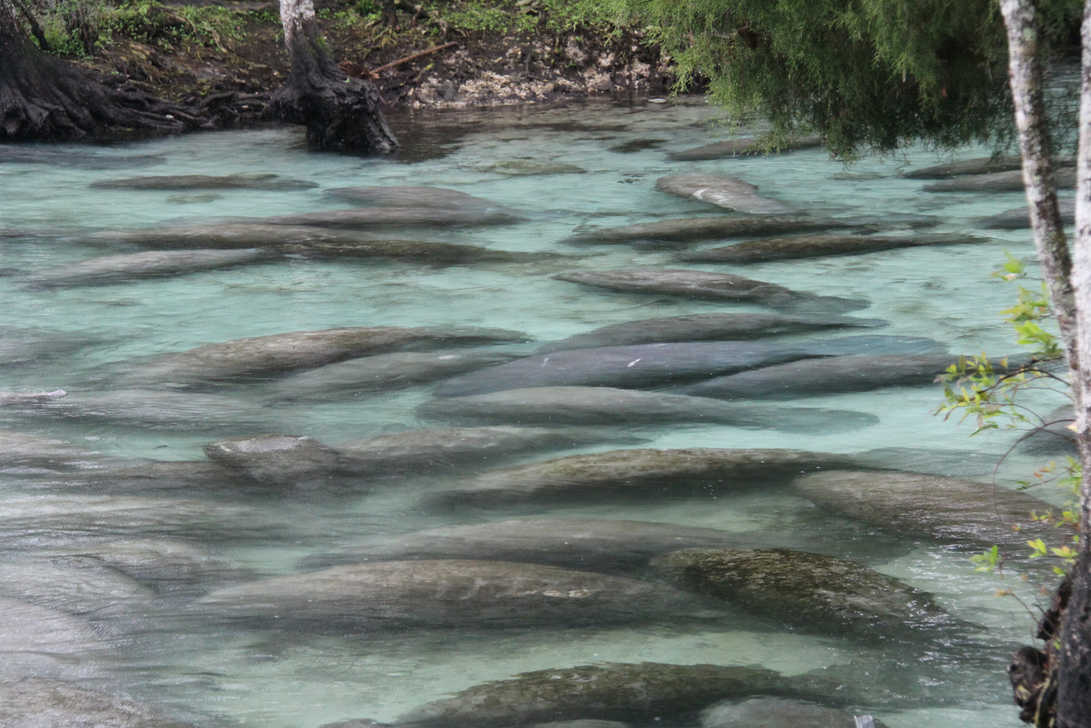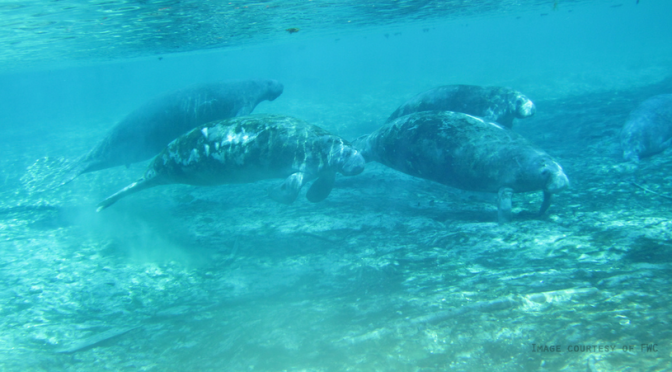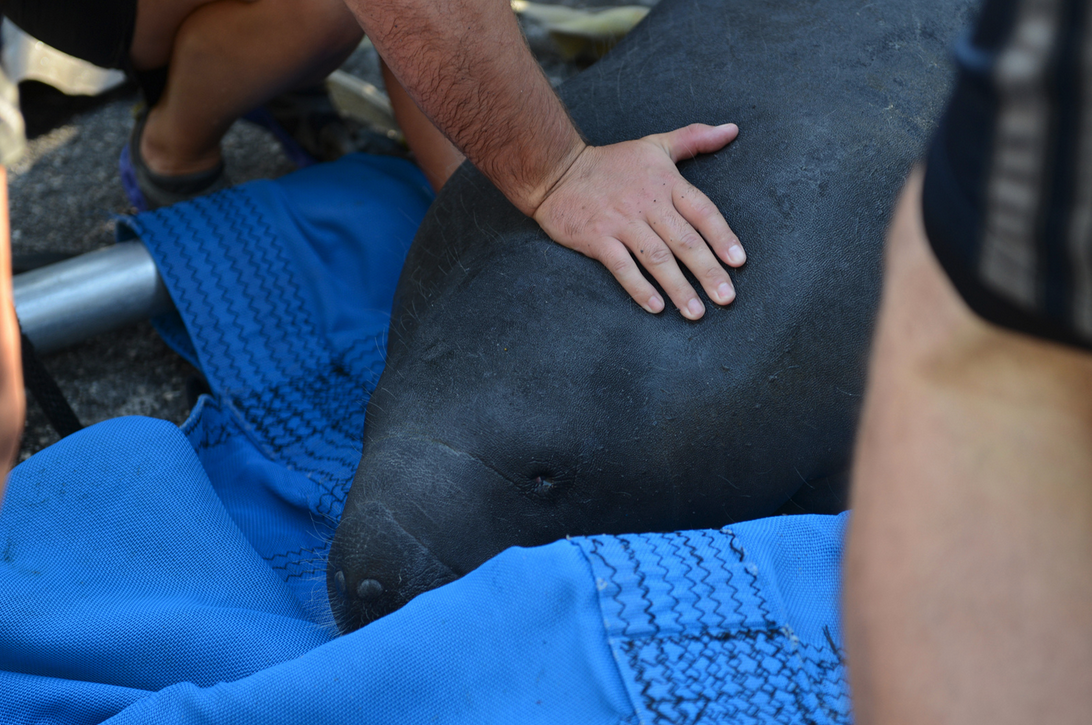The once sparse manatee has reached a population denisty to neccesitate the reclassification from endangered to threatened. The US Fish and Wildlife Service made the announcement on March 30th, 2017. The official decision can be found on the FWS webpage. Also, check out the petition to down-list the manatee. In the final decision summary the department states, “The endangered designation no longer correctly reflects the current status of the west Indian manatee.” That means that populations have flourished so much since the late 60’s when the sea cow was first classified as endangered that it can now be classified as threatened instead of endangered.

Definitions:
- Endangered if it is in danger of extinction throughout all or a significant portion of its range.
- Threatened if it is likely to become an endangered species within the foreseeable future.
Estimates were collected in the winter using a statewide, coordinated series of fly overs of specific warm water aggregation sites. In the 70s there was only estimated to be a few hundred manatees. The most recent abundance estimates suggest there are 6,350 manatees in Florida, 2,790 on the west coast and 3,560 on the east coast. There’s been a 500 percent increase in the population in Florida over the last 25 years. The international estimates are considered “of highly variable quality”, but the total worldwide population estimate is of over 13,000 manatees. The establishment of the manatee protection areas have played a significant role in decreasing the species decline according to the FWS. This is incredibly encouraging news for the manatee species. We can look forward to many more years of the manatees in existence.

